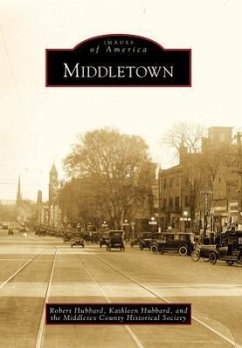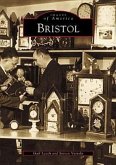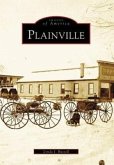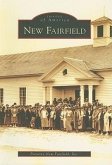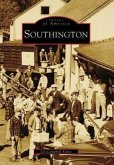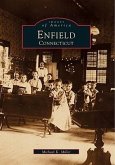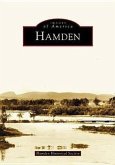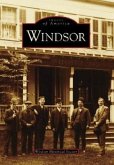In 1650, Middletown earned its name due to its location halfway between the mouth of the Connecticut River and the first Connecticut settlement of Windsor. The town grew from a key Native American village to become a major seaport and the wealthiest town in Connecticut by the mid-1700s. In the early 1800s, as international disputes adversely affected Middletown's seafaring trade, manufacturing prospered. Factories turned out everything from ship hardware and textiles to sleigh bells and sidearms for Union army officers. Trolleys encouraged suburban expansion while railroads and highways greatly influenced commercial development. In the late 19th and early 20th centuries, many immigrants from Europe made Middletown their home. Today Middletown is perhaps best known as the location of top-ranked Wesleyan University.
Hinweis: Dieser Artikel kann nur an eine deutsche Lieferadresse ausgeliefert werden.
Hinweis: Dieser Artikel kann nur an eine deutsche Lieferadresse ausgeliefert werden.

